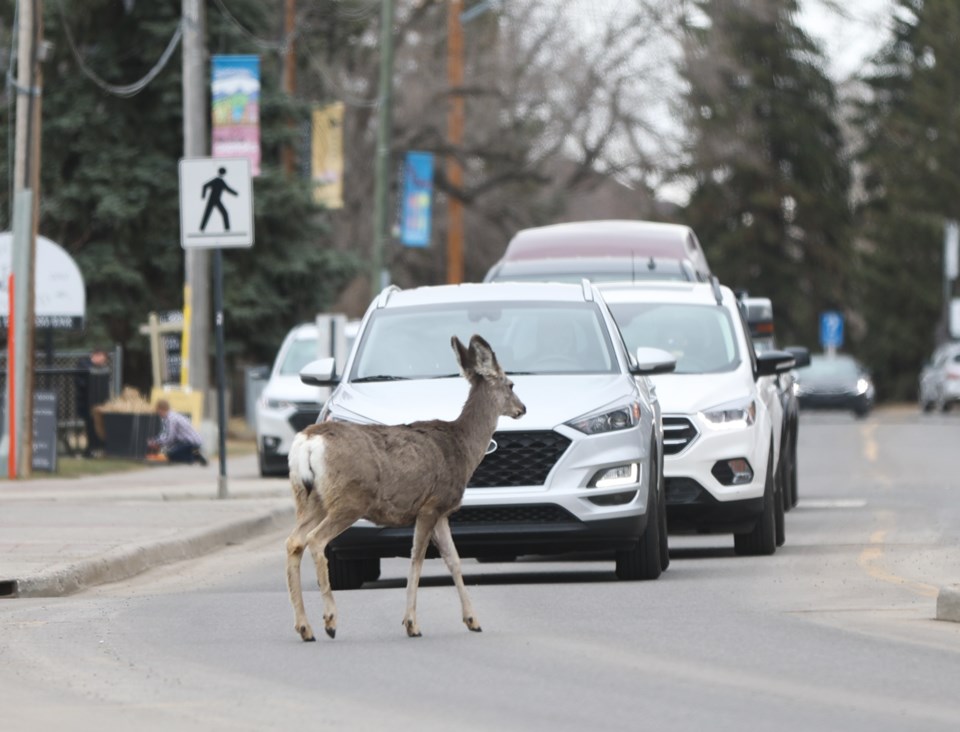Dear Editor,
Wherever you live, you need to take into account the surrounding living conditions. You need to plant plants, trees and shrubs that are able to survive and thrive.
Plant plants that can thrive in our local conditions and are not a favourite food of foraging deer or jackrabbits, or alternatively provide appropriate fencing. If you don’t want deer in your yard, add another 16 inches of superstructure above your fence and that will discourage them from entering.
Deer are prey animals. They are not aggressive and don’t attack dogs and people unless they don’t have an escape route or time to use it. They would first of all choose flight instead of fight.
They are fantastic at reading body language and if you are threatening them, especially during fawning or mating season, they feel the need to protect themselves. Make sure they don’t feel cornered and pressured, or they will become aggressive to protect themselves, their fawns or mate.
Leave them an easy escape route and allow distance and time to take the easy way out.
This spring there was a sign on our walking trail warning of an aggressive deer. I sat on a bench and watched the doe across the pond graze peacefully as a dozen or so people and dogs came by on my side of the pond. She paid no attention to them.
Then a couple of dogs exhibiting very aggressive posture came by, and the calm, grazing mother deer immediately recognized them as a threat to her fawn and became aggressive, running around the end of the pond in a pre-emptive attack on the threatening dogs.
Fortunately, the dogs’ owner quickly gained control of his aggressive dogs and put some distance between the aggressive dogs and the doe. She had eliminated this threat to her fawn and went back to grazing peacefully again.
It’s not the fault of the deer if you put it in a threatened position.
I love the balance of green spaces, natural areas, wildlife and homes in Okotoks. We can make it work.
Ron Lukasiewich
Okotoks




